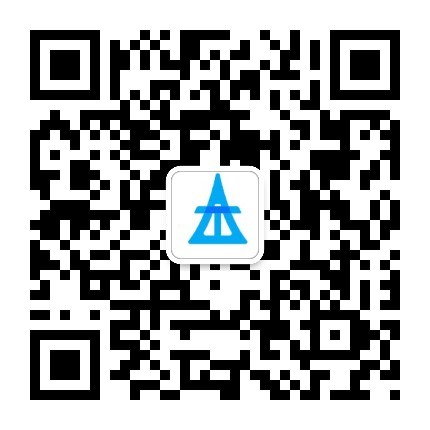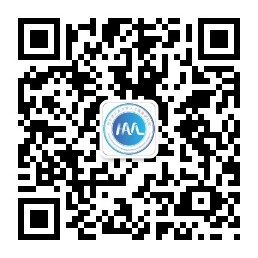X-ray tomography in the mobile setting has the potential to improve diagnostic outcomes by enabling 3D imaging at the patient’s bedside. We propose to use artificial intelligence and IoT sensors for limited angle X-ray tomography on a mobile X-ray system. To enable mobile features such as low weight, size and power of system components, we have developed an X-ray detector pose tracking prototype and a patient anatomy tracking algorithm for accurately and automatically registering system geometry to patient anatomy during a regular X-ray acquisition period. We demonstrate the efficacy of a mobile X-ray tomosynthesis system, and evaluate the effects of the registration inaccuracy on image quality of reconstructed chest images using realistic X-ray simulation of a human thorax numerical phantom.


